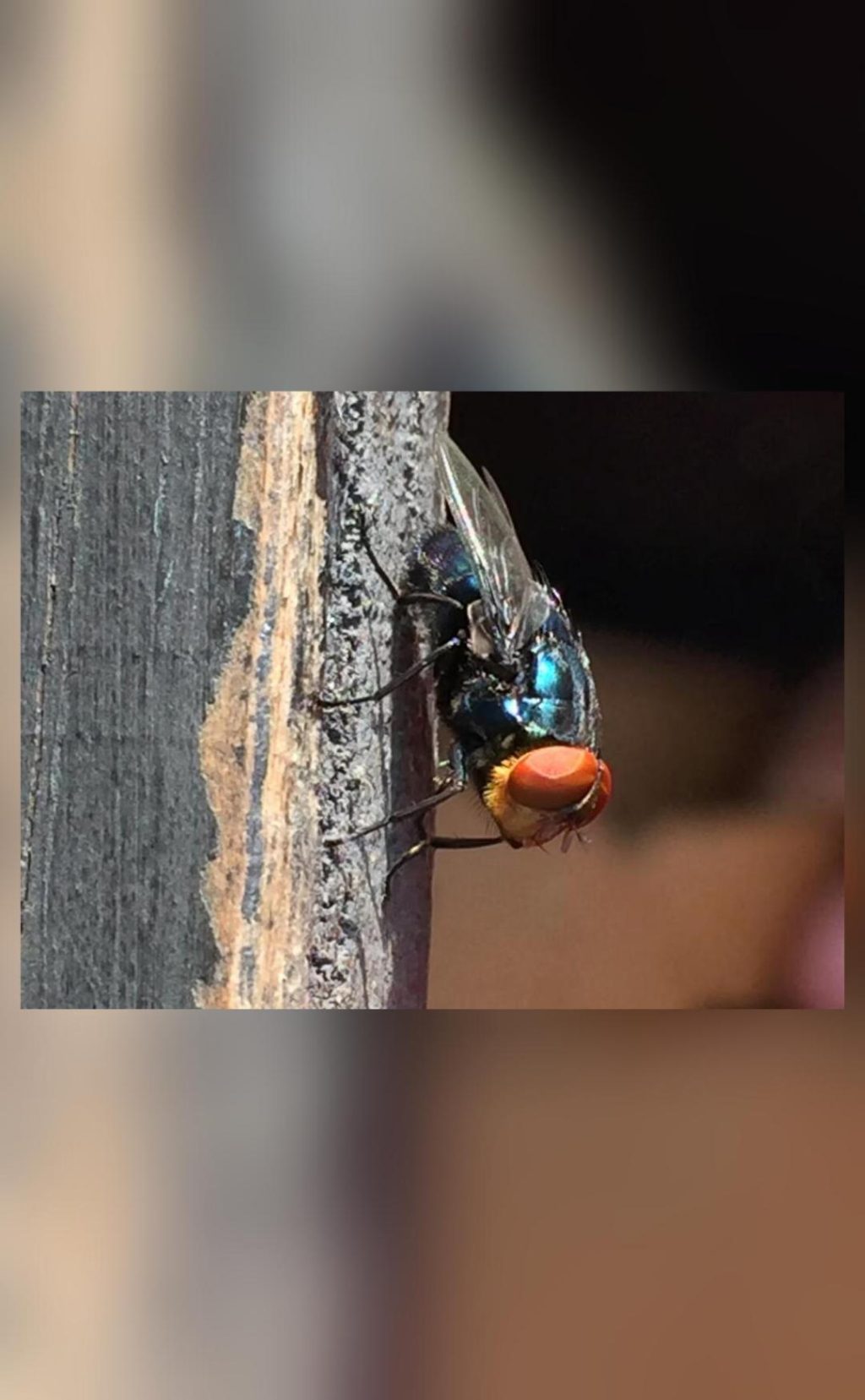
Title: Why is the US planning to breed screwworm flies and dump them from planes over Mexico?
The United States is planning to engage in an unconventional method to protect its beef industry from the flesh-eating larvae of the New World screwworm fly. The US government intends to breed billions of male flies and dump them from planes over Mexico and southern Texas. The male flies will be sterilized with radiation to prevent them from reproducing with female flies and causing the population to die out. This unusual method is a part of the US Department of Agriculture’s (USDA) plan to combat the spread of the New World screwworm fly, which is a significant threat to the country’s cattle industry.
The New World screwworm fly (Chrysops spp.) is a parasitic insect that lays its eggs in the wounds or sores of warm-blooded animals, including humans. The larvae that hatch from these eggs feed on the living tissue of the host, causing significant damage and potentially leading to death. The screwworm fly is native to Central and South America, but it has been found in the southern United States, particularly in Florida, Louisiana, and Texas.
In recent years, the screwworm fly has been detected in Mexico, posing a significant threat to the country’s cattle industry. To combat this threat, the USDA has developed a plan to release sterilized male flies over Mexico and southern Texas. The male flies will be released in areas where the screwworm fly is most active, with the goal of mating with female flies and preventing them from reproducing.
The process of breeding and sterilizing the male flies is complex and requires specialized facilities. The USDA has established a facility in Key West, Florida, where scientists breed and sterilize the flies using radiation. The sterilized flies are then packaged in containers and transported to Mexico and southern Texas, where they are released from planes.
The release of the sterilized male flies is expected to have a significant impact on the screwworm fly population. By preventing the female flies from reproducing, the population is expected to decline over time, reducing the risk of infestation in cattle and other animals. The USDA has conducted similar programs in the past, including a successful campaign to eradicate the screwworm fly from Florida in the 1960s.
The decision to release sterilized male flies from planes has raised some concerns among environmental groups and local communities. Some have expressed concerns about the potential impact of the flies on local ecosystems and the potential for them to establish populations outside of the targeted areas. However, the USDA has assured that the flies are specifically bred and sterilized to prevent them from reproducing and establishing populations outside of the targeted areas.
In addition to the ecological concerns, some have also raised questions about the effectiveness of the program. While the USDA has a successful track record of eradicating the screwworm fly from Florida, there are concerns that the program may not be effective in Mexico and southern Texas, where the fly population is more widespread and diverse.
Despite these concerns, the USDA is moving forward with the program, with plans to release millions of sterilized male flies over the next few years. The program is expected to be costly, with estimates putting the price tag at tens of millions of dollars. However, the USDA believes that the benefits of the program outweigh the costs, as it will help to protect the country’s cattle industry and reduce the risk of infestation in animals and humans.
In conclusion, the US government’s plan to breed and release sterilized male screwworm flies over Mexico and southern Texas is an unusual method to combat the spread of the flesh-eating larvae of the New World screwworm fly. While the program has raised some concerns among environmental groups and local communities, the USDA believes that it is a necessary step to protect the country’s cattle industry and reduce the risk of infestation in animals and humans.



